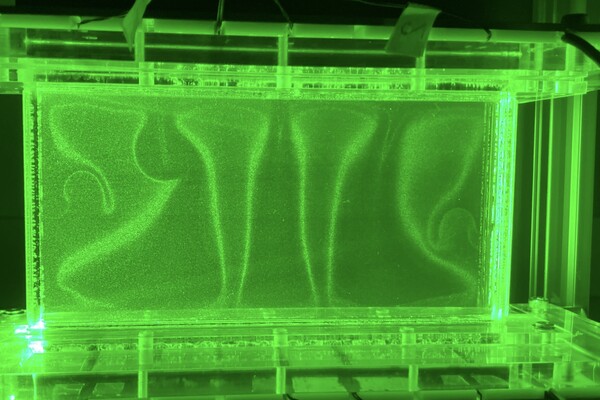
Under the guidance of Yue Jiang(left), a Ph.D. candidate in the Charlie Johnson research group in the School of Arts & Sciences, Vincent Kerler (right) conducted this work through the Penn Undergraduate Researching Mentoring Program, a 10-week opportunity from the Center for Undergraduate Research and Fellowships. The program provides rising second- and third-year students with $5,000 awards to work alongside Penn faculty.
nocred









